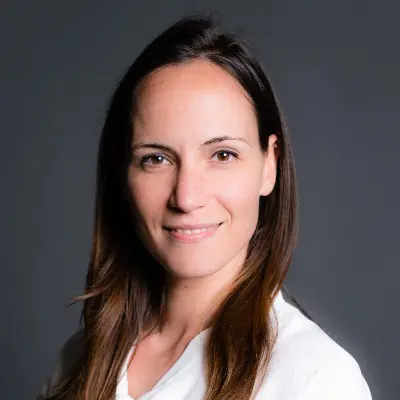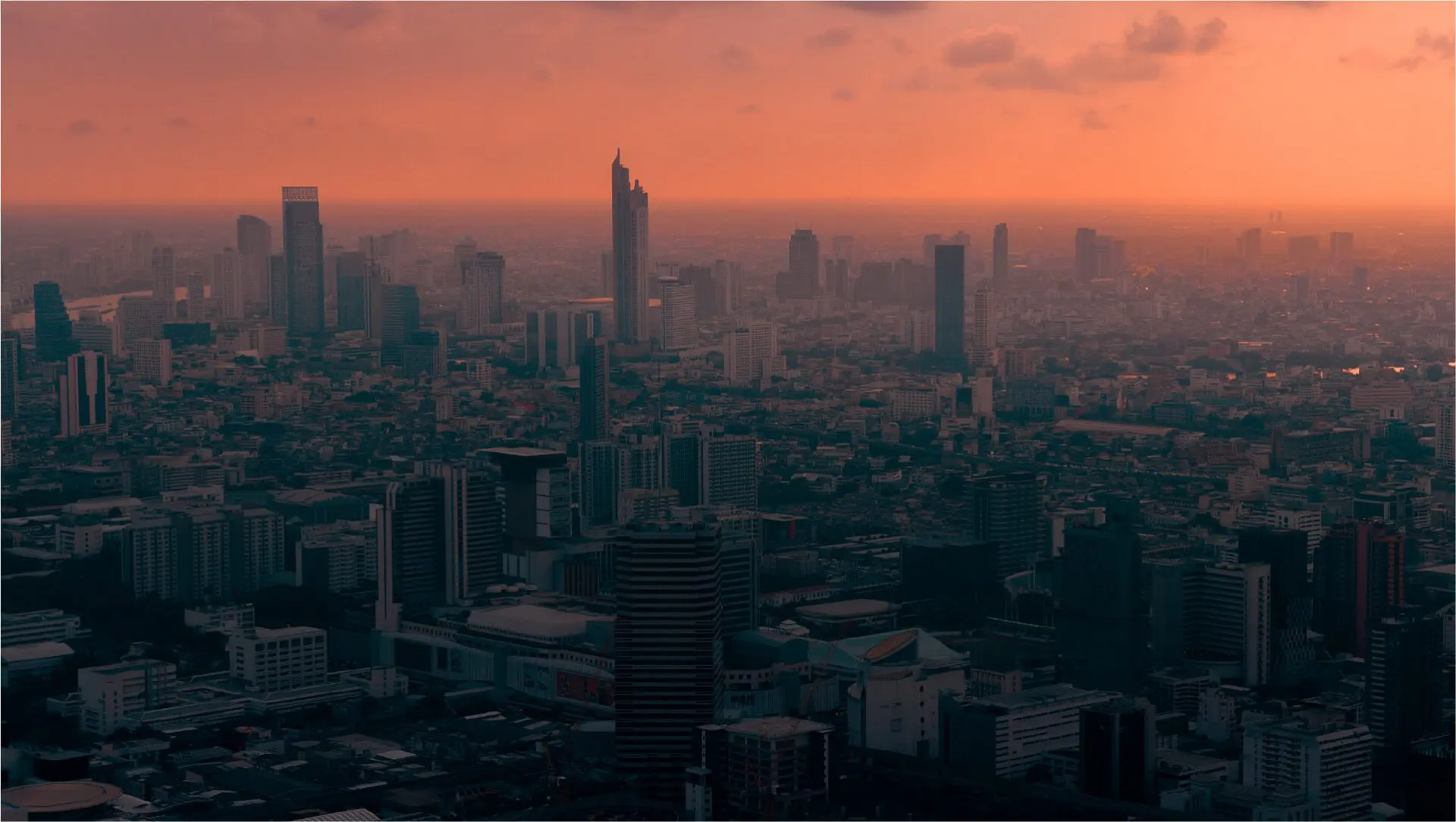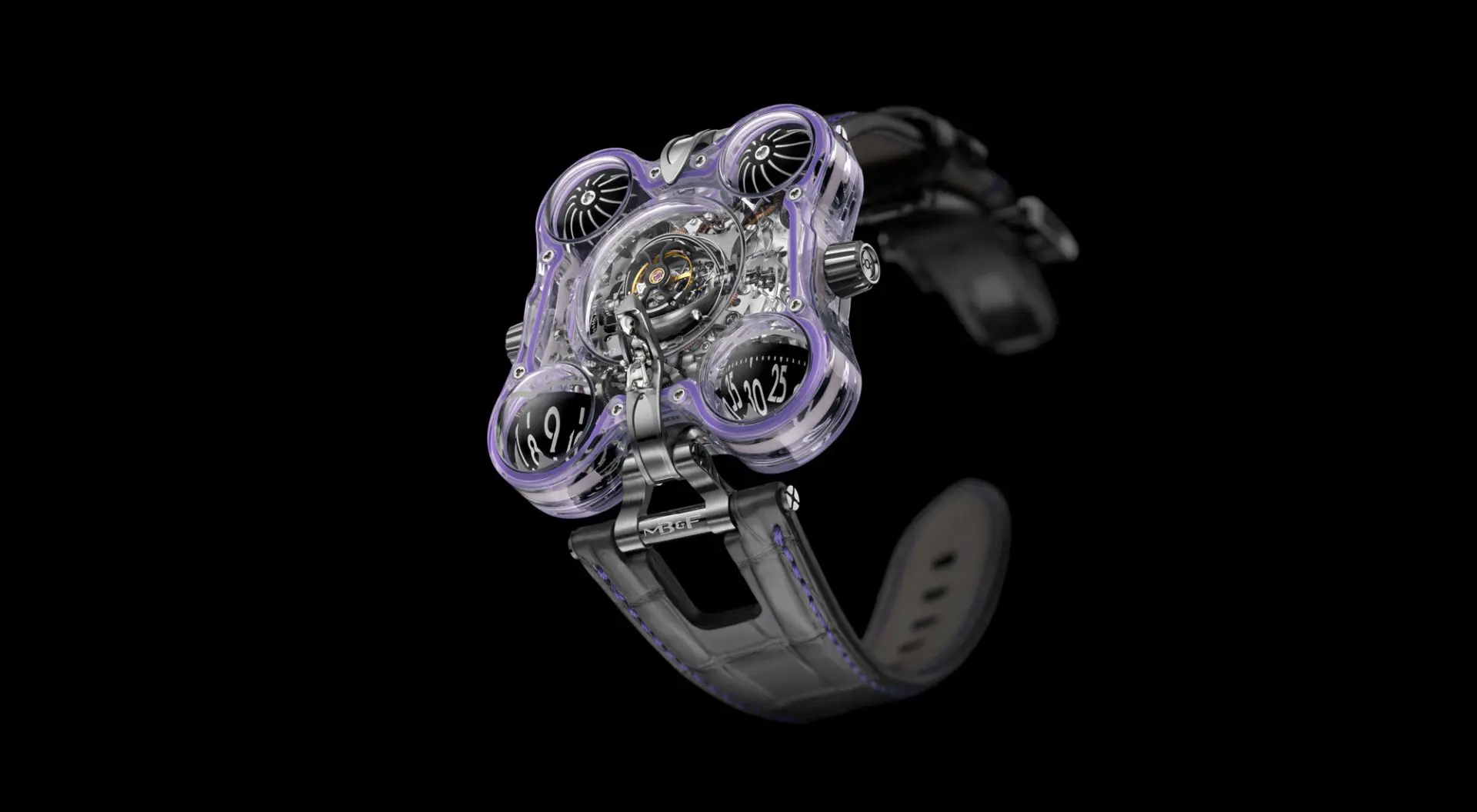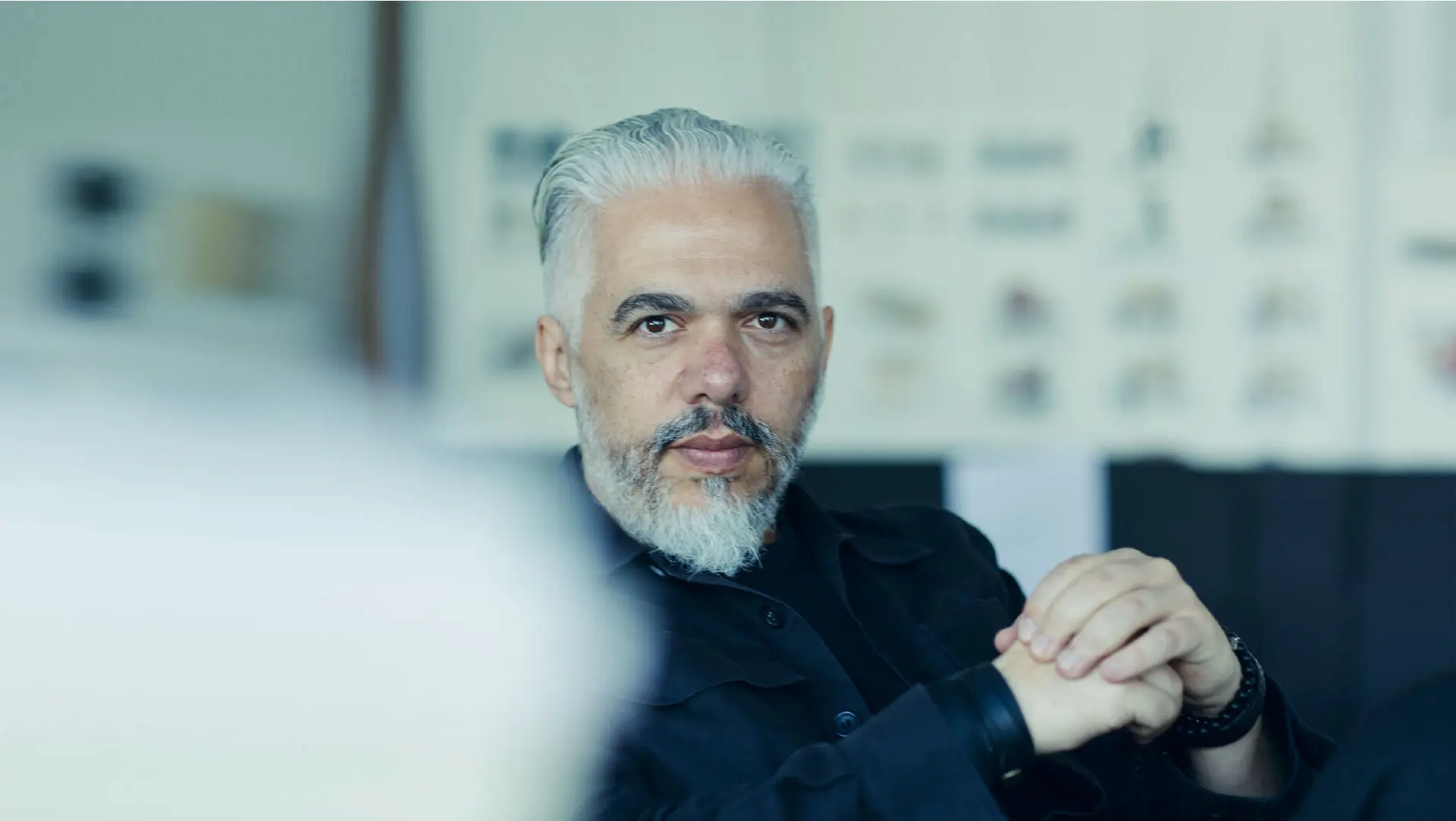Adrian Min on the importance of physical and intuitive interactions in product design
In this interview, designer Adrian Min talks about his background, inspiration for his projects, and the importance of design that explores and respects natural intuitive actions and the relationship between people, spaces and objects
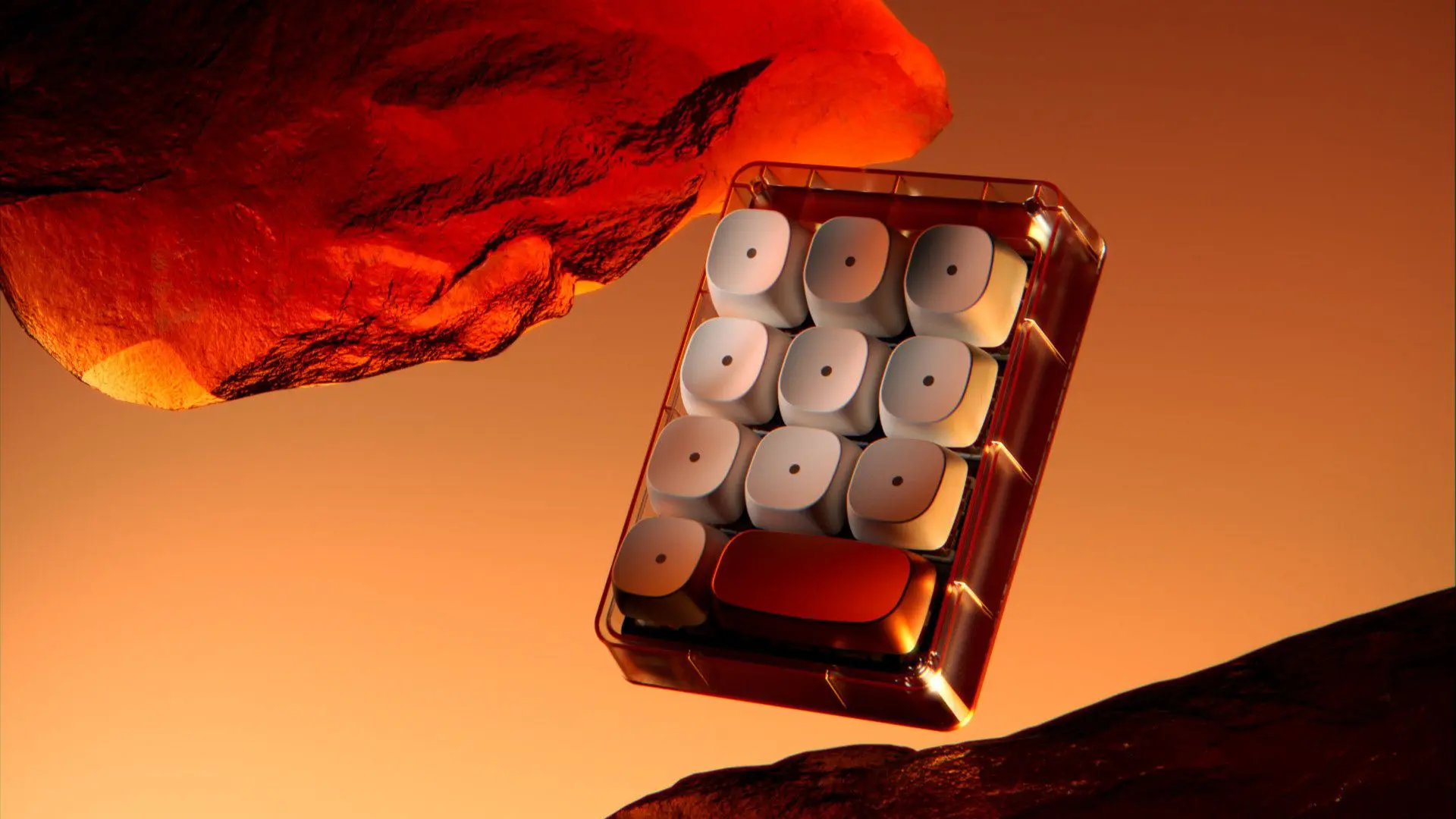
We recently featured Seoul-based designer Adrian Min in an article about his renders for his Odd Pot planter which aims to make growing plants more engaging for budding home gardeners.
In addition to his plant pot concept, Min is a multifaceted designer whose Instagram and Behance feeds are full of a wide range of projects and concepts. These include his 3D renderings of his super-simplified keyboard concept; collection from() – which takes natural actions like twisting, turning and tilting and uses them in unusual ways in product design; and his Workshop Lamp.
But a particularly interesting and thought-provoking issue Min addresses in his introduction to from() is that as products have evolved with simplified functions and interfaces, they’ve also become superficial in their physical experiences – for example buttons being transformed into touch screens, and touch screens becoming voice-activated mechanisms.
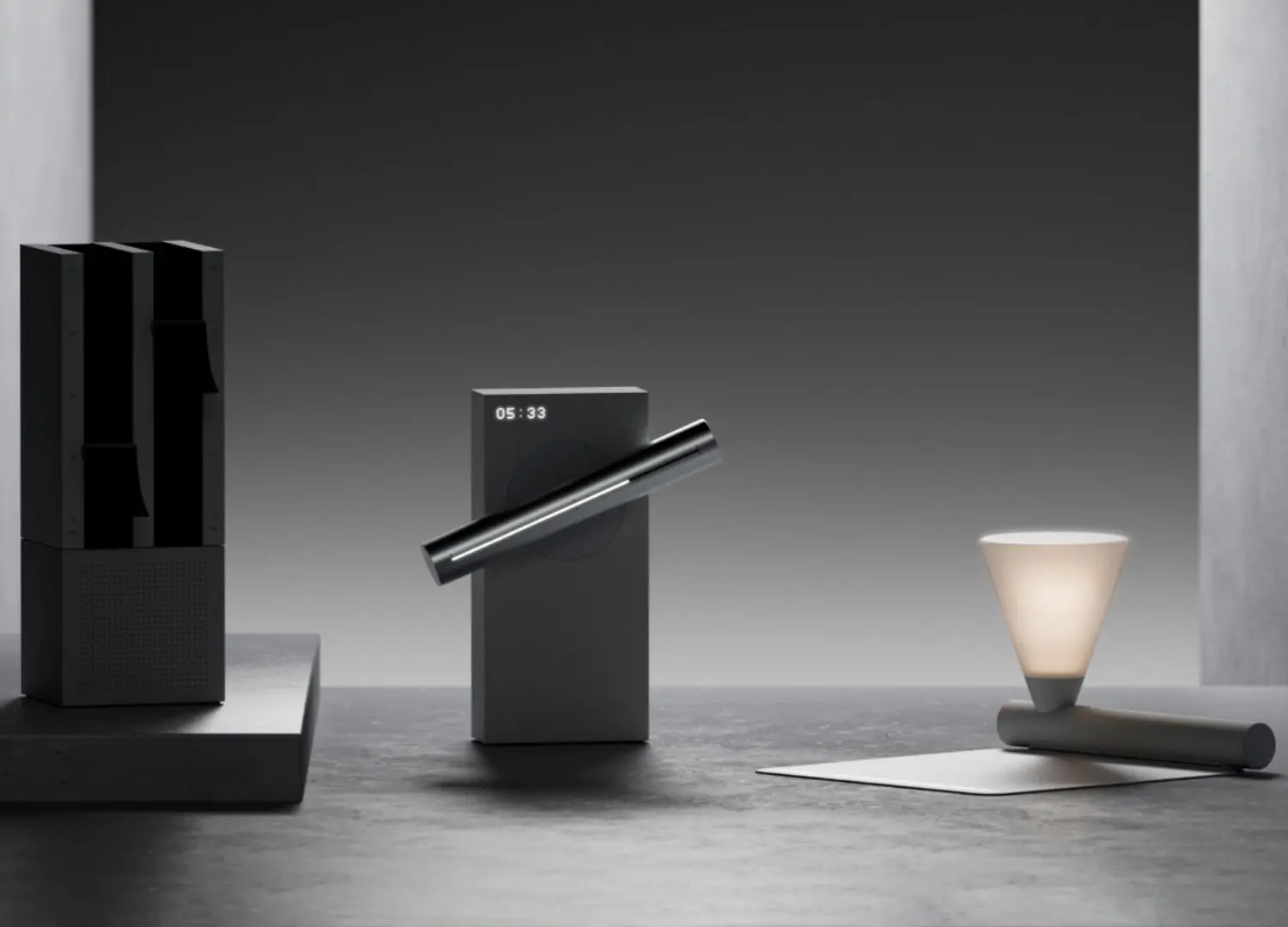
Min asks the rhetorical question of whether the only way going forward is to make products simpler to make them easier to use: something we wanted to hear more from him about. So we sat down with him to learn more about his thoughts on these issues, as well as his background, work and processes.
What made you decide to go into the field of design and how did your journey begin?
Adrian Min:
“For me, the subtle influence of design was incredibly captivating. Design permeates someone’s surroundings and naturally affects them. When something refined based on a certain aesthetic or philosophy impacts an individual, and these influenced individuals form a society that creates something even greater, it’s truly thrilling. The subtlest influence at the most minute level eventually extends to the most macroscopic aspects! I think it’s an excellent reason to work in the field of design.”
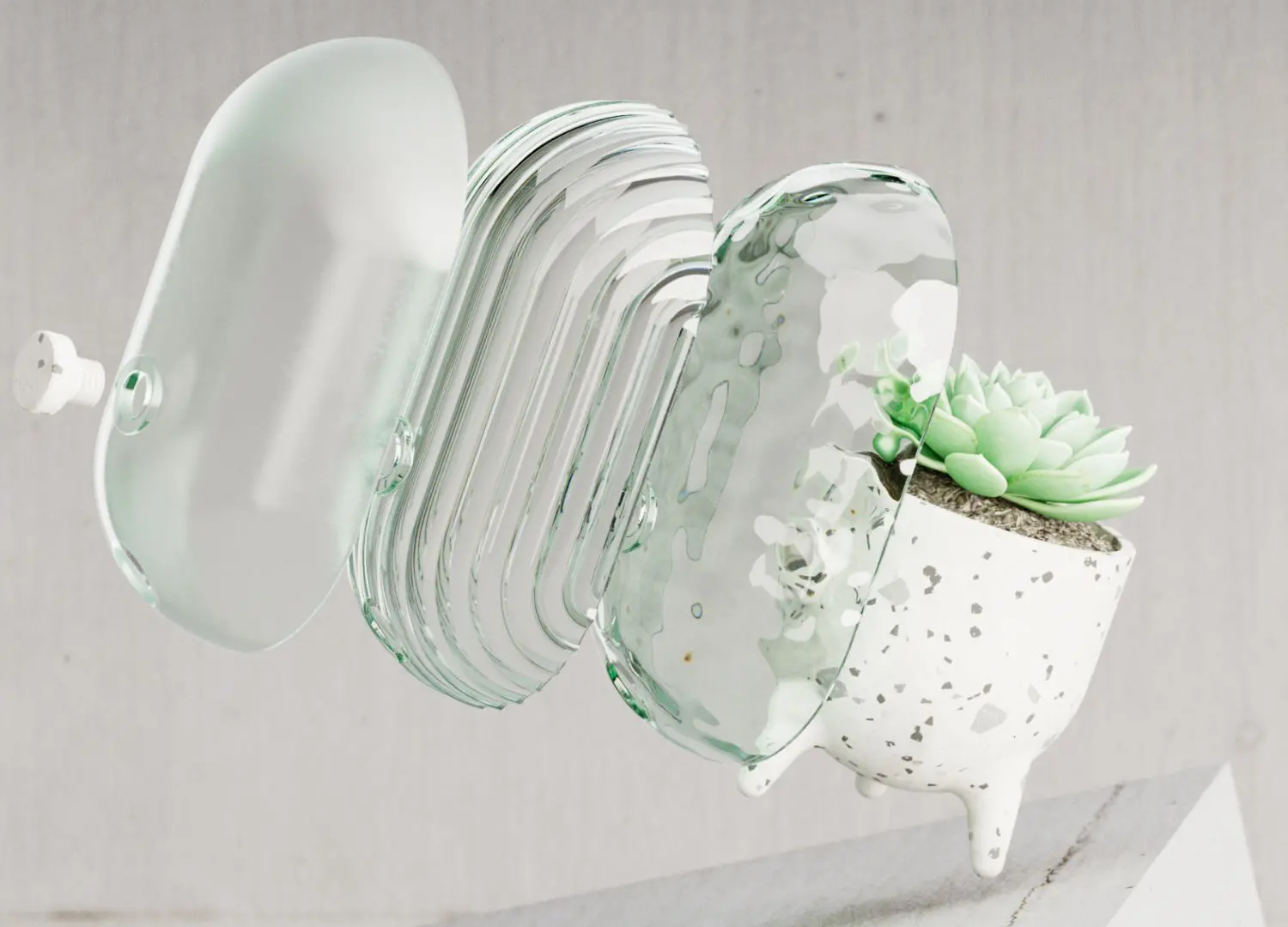
Where do you find your inspiration for your various projects and what is your design process?
Adrian Min:
“I find inspiration from diverse sources each time. Conversations with colleagues, my everyday environment, trends created by other designers – I immerse myself in various aspects at different times, sometimes focusing deeply on one, and sometimes blending multiple elements together, until they provide an irresistible inspiration. I often structure and organize these inspirations in my own way, incorporating them directly into my design process or applying them to the final design product.”
Do you have favorite materials you prefer working with?
Adrian Min:
“In fact, I haven’t had many opportunities to personally create something due to environmental reasons. However, looking back on a few brief experiences, I think wood is an attractive material both aesthetically and functionally. Although I haven’t worked with them by myself, I personally like transparent materials such as glass and plastic.”
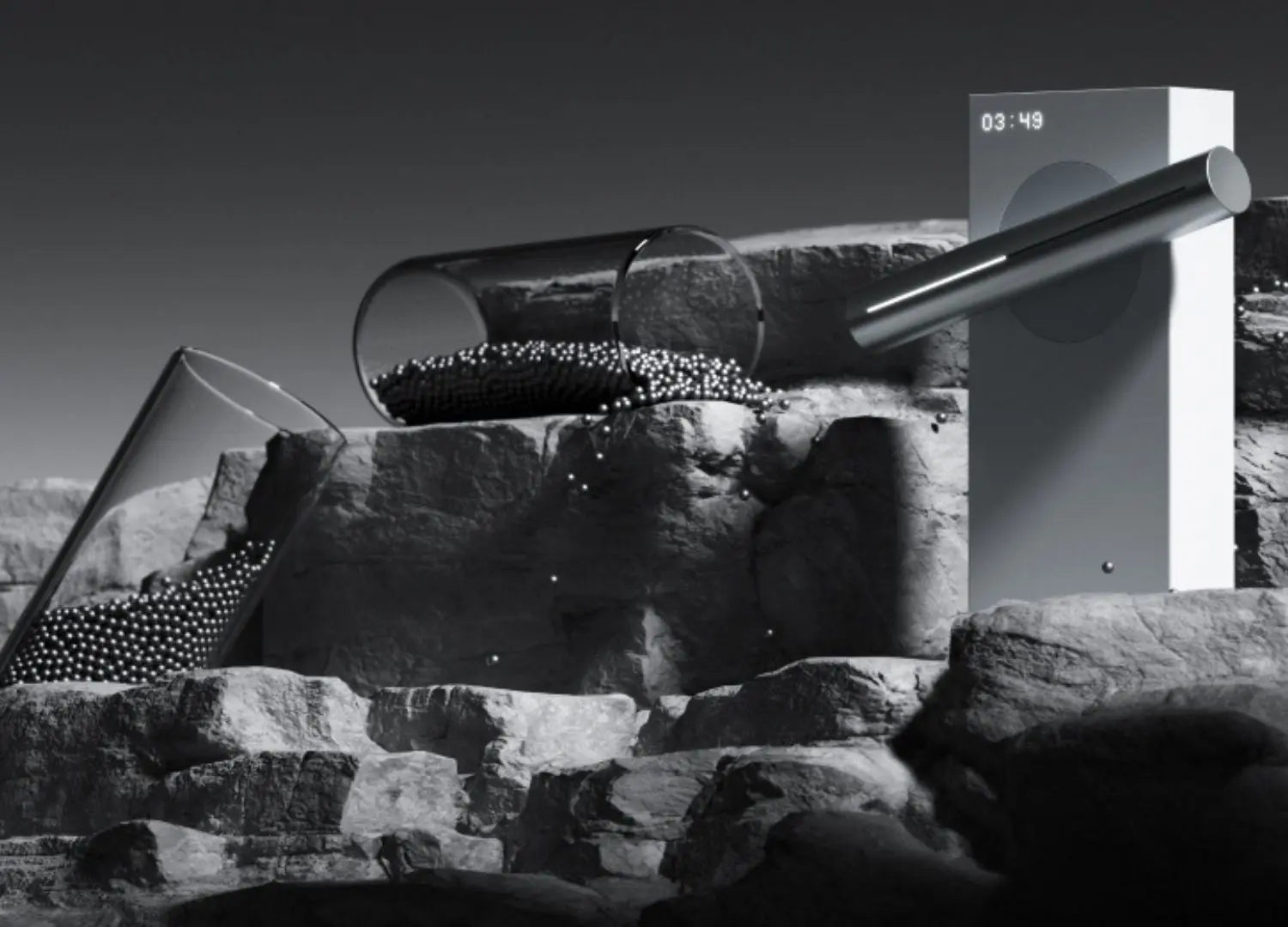
Your methodology addition. – exploring relationships between people, their spaces and their objects – leads to a specific design process. Can you elaborate on this process?
Adrian Min:
“Addition. is a story about cycles. People arrange objects in their spaces according to their preferences (which is synonymous with their choices). In other words, the space reflects the person who inhabits it. As the space becomes more concentrated with the individual’s preferences, it further solidifies their tastes, making the person even more distinct.
Conversely, the person begins to resemble the space they occupy. And in between these two, objects act as mediums. As these cyclical influences intertwine, the space and the individual will become more concentrated with distinct preferences, and our team believes that this process creates something “Truly Unique”.
However, despite various attempts, mass-produced products have limitations in serving as pure communication mediums between people and their spaces because they carry the designer’s intentions. Therefore, we considered a conceptual approach (even contemplating AI work) in which the product design would depend on the space and the individual’s preferences (choices).
We organize the hierarchy of the space and the objects within it, analyzing and listing them based on importance, CMF, and form, creating multiple elements. Centered around the inherited hierarchical order, the user can combine these elements according to their preferences to create a product that genuinely represents the space (or a part of it). We believe that if objects with purely condensed preferences are included in the cyclical process mentioned earlier, the value of “Uniqueness” will deepen even further.”
What was your inspiration for the collection from() in taking natural and intuitive actions to use them in different ways in product design?
Adrian Min:
“I believe that as product interactions are replaced by glossy black glass panels, our physical experiences are significantly diminishing. I think that diverse physical experiences provide a denser layer in the interaction between objects and people. As a result, even seemingly trivial experiences can accumulate in layers and deepen an individual’s experience.
That’s why I wanted to counter touchscreens by incorporating natural and intuitive actions from our surroundings into product interfaces, giving people a more varied layered experience. This was the inspiration and starting point for from().”
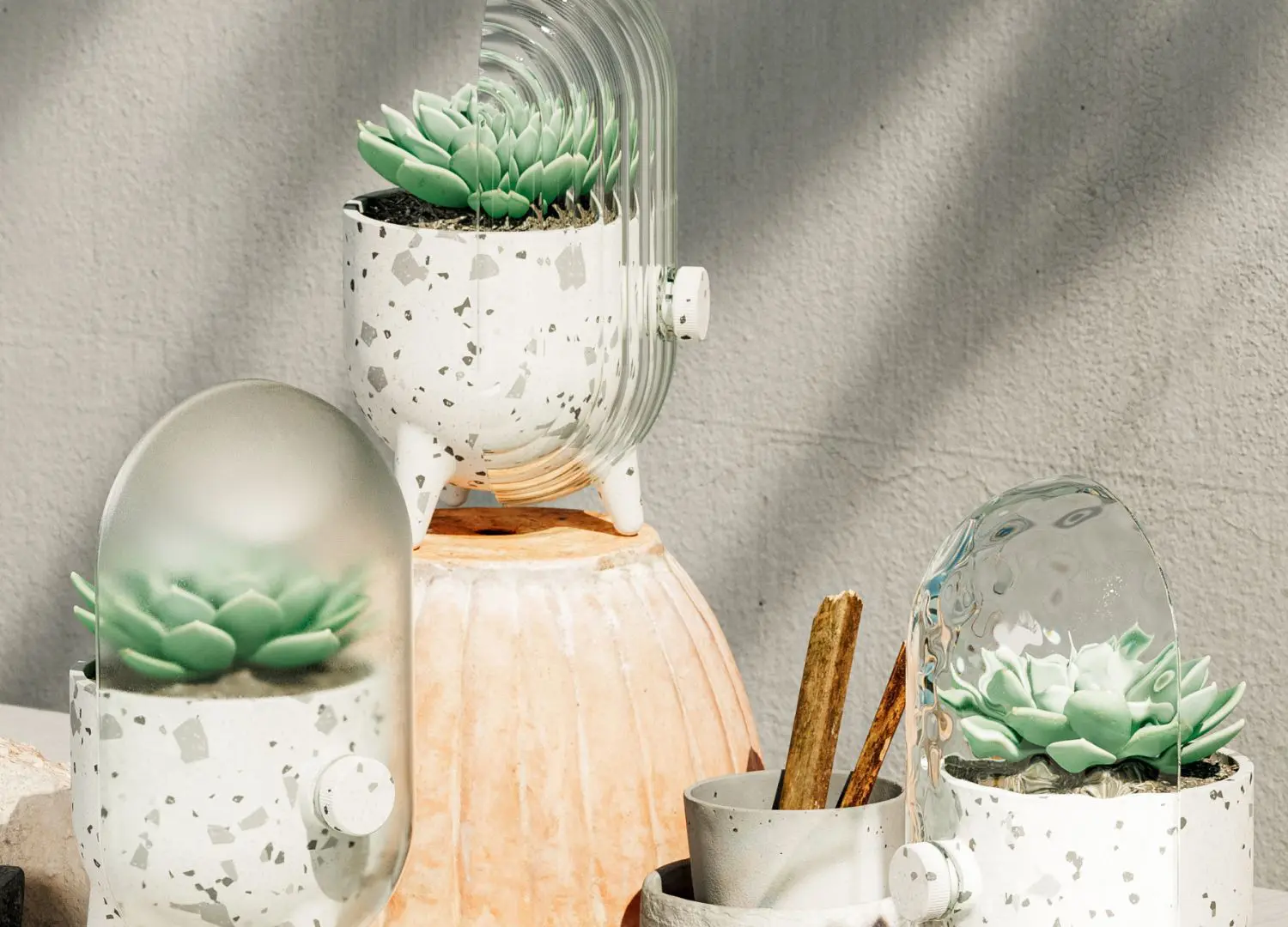
Your address how product designs are becoming “simpler” to the point of losing users’ physical experience. Where do you see the future of product design in this context?
Adrian Min:
“Whenever anything goes too far in one direction, there tends to be a strong counterforce pushing in the opposite direction. Many aspects of product operation have been replaced by screens or mobile integration, and I believe that physical operation has not changed significantly over time, with only the appearance of design evolving.
As XR technology becomes more widespread, many people are considering new ways to interact. In these times, I hope that interactions inspired by more intuitive and natural actions (such as stretching when pulled, restoring when pressed and released, or liquid following when tilted) will be created, and products with the most appropriate forms for these interactions will emerge in the future.
Transforming natural actions into interactions within various industrial constraints will inevitably lead to modifications of the original ones, and I think new interactions will be born from these gaps.”
In an increasingly digital world, how do you feel about the use of generative AI in creative fields?
Adrian Min:
“I’m quite optimistic and not at all hesitant. I fully understand concerns about losing jobs due to AI or the serious issues surrounding copyrights and so on. However, in the creative fields, I think that above all, a convenient tool has finally emerged – a tool that allows creators to focus solely on their own creations.
If creators can think for themselves and know precisely what they want, and demand it from AI, imagine how many more diverse creations can be produced in a shorter period.
Of course, I believe that the value and demand for works created directly by humans will continue in the future, independent of AI. In the end, I’m positive about AI in creative work, and as a fellow creator, I send my encouragement and support to many creators facing various challenges during this transitional period, hoping they can wisely embrace the change and grow as artists.”
[ Read also Supercharging Industrial Design: 5 ways designers can leverage AI ]
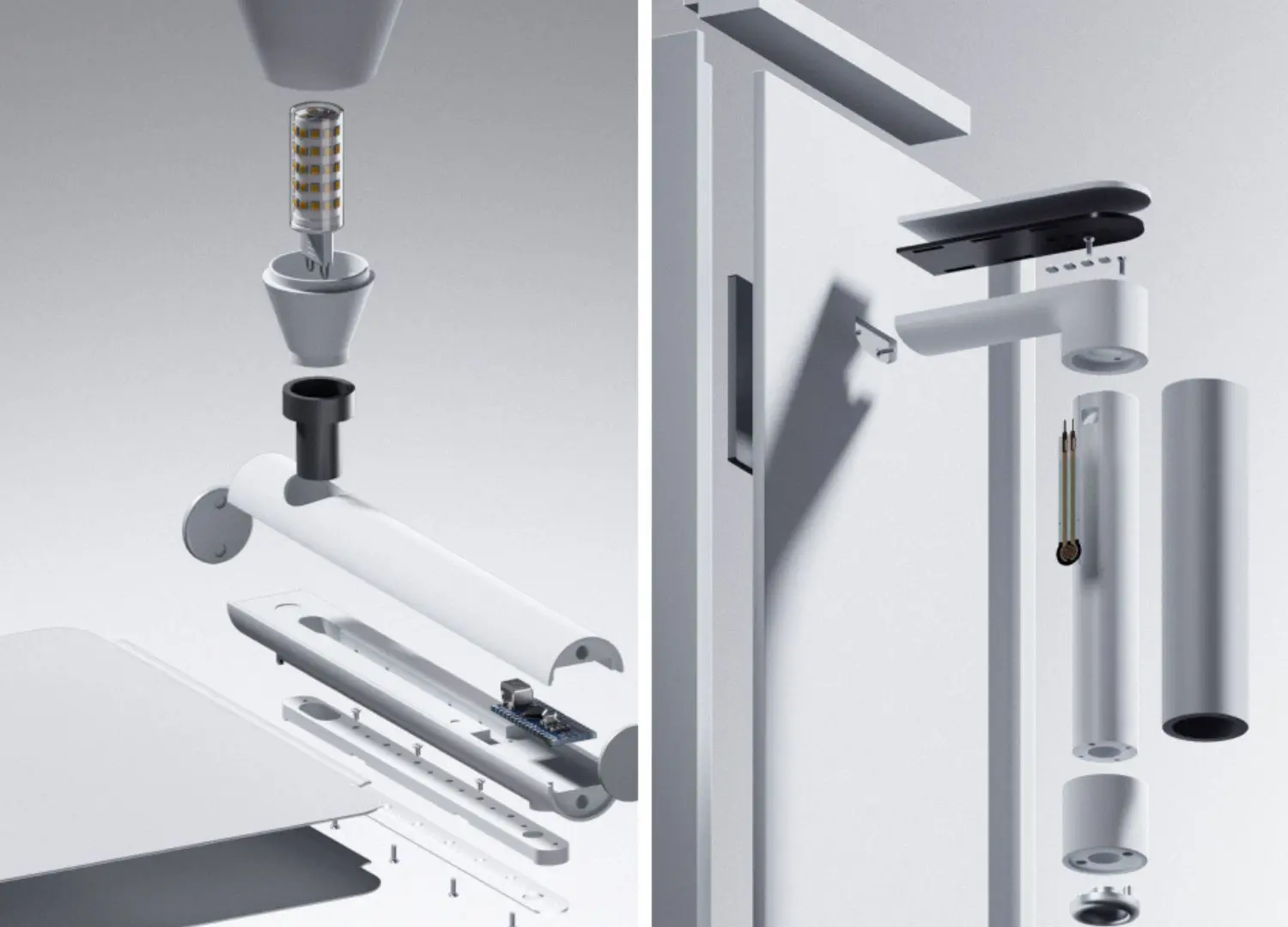
What can we expect to see from you next in terms of upcoming projects?
Adrian Min:
“In the future, you can expect to see works in different fields from my previous projects, such as Odd Pot, from(), addition., and so on. Over the past year, my interest in media-related fields has grown significantly, and I’ve been gradually shifting my career towards 3D Graphic Designer (CG/motion graphics/XR interfaces). As a result, I plan to explore and showcase many different types of work that may not be what you were expecting.
However, since my background is in product design and I am surrounded by product designers, I believe their influence will naturally be present in my work, even as I venture into new areas. Additionally, I am open to participating in product design projects, so if the opportunity arises to collaborate with someone, I can certainly present works similar to what people have come to expect from me.”

